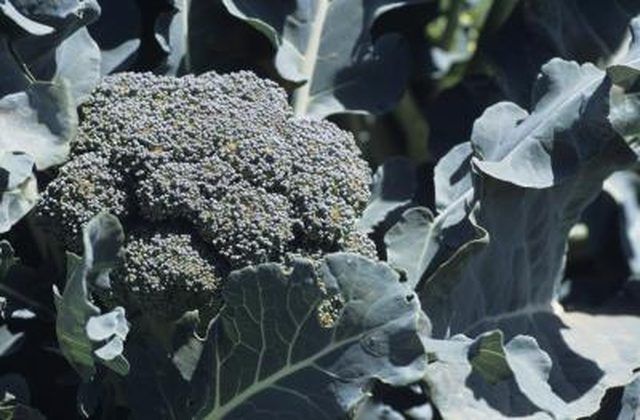Bulbs
Flower Basics
Flower Beds & Specialty Gardens
Flower Garden
Garden Furniture
Garden Gnomes
Garden Seeds
Garden Sheds
Garden Statues
Garden Tools & Supplies
Gardening Basics
Green & Organic
Groundcovers & Vines
Growing Annuals
Growing Basil
Growing Beans
Growing Berries
Growing Blueberries
Growing Cactus
Growing Corn
Growing Cotton
Growing Edibles
Growing Flowers
Growing Garlic
Growing Grapes
Growing Grass
Growing Herbs
Growing Jasmine
Growing Mint
Growing Mushrooms
Orchids
Growing Peanuts
Growing Perennials
Growing Plants
Growing Rosemary
Growing Roses
Growing Strawberries
Growing Sunflowers
Growing Thyme
Growing Tomatoes
Growing Tulips
Growing Vegetables
Herb Basics
Herb Garden
Indoor Growing
Landscaping Basics
Landscaping Patios
Landscaping Plants
Landscaping Shrubs
Landscaping Trees
Landscaping Walks & Pathways
Lawn Basics
Lawn Maintenance
Lawn Mowers
Lawn Ornaments
Lawn Planting
Lawn Tools
Outdoor Growing
Overall Landscape Planning
Pests, Weeds & Problems
Plant Basics
Rock Garden
Rose Garden
Shrubs
Soil
Specialty Gardens
Trees
Vegetable Garden
Yard Maintenance
How to Save Leggy Broccoli Seedlings
How to Save Leggy Broccoli Seedlings. According to the Gardener's Supply Company, seedlings become "leggy" when they do not receive enough hours of light or too much nitrogen in the soil. This term describes tall, spindly and unstable stalks and an overall malnourished look. Broccoli is one of many vegetables that exhibits leggy characteristics...

According to the Gardener's Supply Company, seedlings become "leggy" when they do not receive enough hours of light or too much nitrogen in the soil. This term describes tall, spindly and unstable stalks and an overall malnourished look. Broccoli is one of many vegetables that exhibits leggy characteristics when it doesn't get enough light, and it is sometimes difficult to revive the plant from this state. If your broccoli seedlings have a long, thin stem or have fallen over, there is a chance of saving them if they have not withered too much, are white in color or have black spots on them.
Things You'll Need
Top soil
Fertilizer
Water
Toothpicks or other stakes
Whether your broccoli sprouts are indoors or in an outside plot, you will need to give them more light if you hope to salvage them. Move indoor seedlings to south-facing windows to give them more hours of sun, or set up a small fluorescent light to help them grow before moving them outdoors. Transplant outdoor broccoli plants to a sunnier location in your garden, taking care not to rip the fragile shoots when uprooting them.
Amend the soil around your leggy seedlings to reduce the amount of nitrogen, which can cause plants to produce weak sprouts. Feed leggy broccoli with fertilizer high in phosphorous and low in nitrogen, and water regularly to dissipate the element.
Broccoli seedlings that are so leggy they have fallen over can be saved by being cut back. Cut the young plant back to its first true leaves, cover the roots and stem with supplemental top soil, and stake it if necessary.
Continue supporting your broccoli seedlings until they are mature and sturdy enough to go without such attentive care. Check their stake holdings every few days to make sure the seedlings are receiving the best system of support, and make sure the soil is moist, but not flooded or over saturated. Young broccoli plants benefit from a nitrogen-based fertilizer, once it has recovered from its "leggy" symptoms, and they require adequate sun and water, especially as the edible flower heads develop.
Tips & Warnings
When planting leggy seedlings, cover more of the stem with top soil than was originally covered to give it some extra support. You may even need to stake the young plant.
For plants in window sills, a piece of cardboard covered in aluminum foil works great for reflecting light onto their backsides.
Press down top soil firmly around transplanted seedlings to get rid of air bubbles, which can damage root systems, and help stabilize the plant.
Don't drench your transplanted seedlings, as too much water drowns the fragile roots.